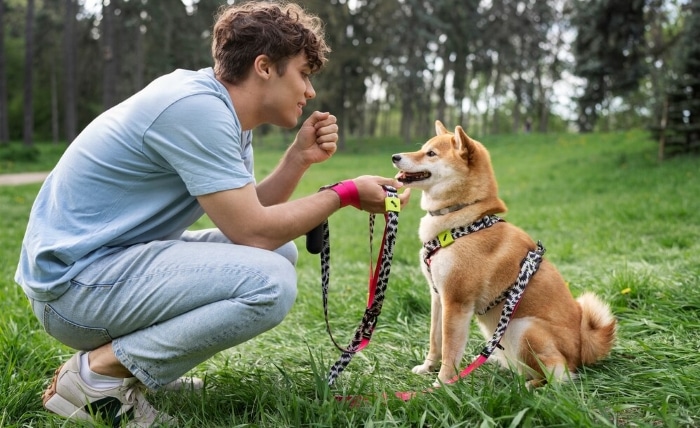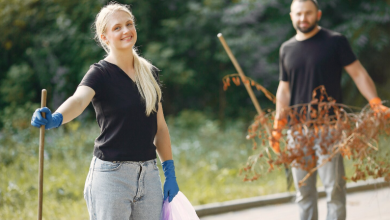
If you have a tiny dog at home, you probably already know the drill: big attitude, small body, and an endless supply of energy. Whether you are training a puppy or managing an excitable adult, getting them to walk nicely on a lead can be tough. Especially if you are using a dog collar. That is where the right extra small dog harness comes in. It is not just about style or comfort; it is about safety, control, and helping your dog feel more secure during training. But with so many options out there, how do you pick the right one?
Let’s break it down in a way that actually makes sense and helps you make the best choice for your little sidekick.
Why Do You Need an Extra Small Dog Harness for Your Pet?
Small dogs need something different from their bigger cousins. Their necks are more delicate, and they are more likely to slip out of collars or standard harnesses that are just too loose or bulky.
A well-fitted extra small dog harness takes pressure off the neck and spreads it across the chest. That matters when your dog suddenly pulls to chase a pigeon or gets spooked by a loud noise.
It also gives you more control, especially during training. When your dog is not wriggling out of gear or choking themselves every few steps, you can focus on teaching, not correcting.
And here is something a lot of people miss: comfort plays a massive role in behaviour. A poorly fitted harness can rub, shift, or dig in. A dog who is uncomfortable will be harder to train, so naturally you would want better dog gear.
How to Choose the Right Extra Small Dog Harness: Easy Tips
This is the part where most people get stuck. You want something small, sure, but small is not the only thing that matters. The right extra small dog harness should match your dog’s build, personality, and how you train.
Here is what to actually look for:
1. Fit First, Every Time
Forget guessing sizes. Grab a soft tape measure and check your dog’s chest, girth, and neck. Then compare it to the sizing chart. “Extra small” in one brand could mean something very different in another.
A good fit should sit snugly around the chest without cutting in. You should be able to slide two fingers under each strap. If it shifts when your dog moves, it is probably too loose.
Look for extra small dog harnesses with adjustable straps around both the chest and neck. Dogs, even small ones, come in all shapes.
2. Pick the Right Clip Style for Training
For training purposes, a front-clip harness is often a game-changer. It helps gently steer your dog back toward you when they pull. You are not yanking, you are guiding—and that feels better for both of you.
Once your dog walks nicely, you can switch to the back clip, which gives them more freedom while still staying secure.
Some harnesses give you both options. If you are just starting training, that flexibility can be really helpful.
3. Go Lightweight and Comfortable
You do not want your dog to feel like they are wearing body armour. Look for soft, padded materials like mesh or breathable fabric. These are gentle on the skin and comfortable in any season.
Padding under the chest strap and around the shoulders makes a big difference. If your dog has ever come back from a walk with red marks under the arms, you will know why this matters.
4. Easy On, Easy Off
If your dog hates getting dressed, the last thing you want is a harness that takes five steps to put on. Choose one that either slips over the head or steps into easily. Quick-release buckles are a bonus.
And if your dog loves puddles, mud, or grass rolls, check if it is machine washable. It is one of those features you will thank yourself for later.
5. Secure Enough for Escape Artists
Some small dogs are brilliant little Houdinis. If yours is known to back out of harnesses or wriggle loose, go for something with a secure structure and snug fit. Look for wide coverage designs or harnesses marketed as escape-proof.
You should not have to worry every time a lead goes on.
The Bonus: It Helps You Too
When your gear works, everything else gets easier. You are not constantly adjusting straps, untangling leads, or worrying your dog might slip away.
A good extra small dog harness helps you train calmly and walk confidently. Over time, it builds trust between you and your dog because they know you have their back (and chest).
Conclusion
Choosing the right extra small dog harness is not just about size. It is about finding something that fits your dog’s needs and supports the way you train. Whether your pup pulls, gets nervous, or simply needs something gentler than a collar, the right harness can completely change how you walk and work together.




